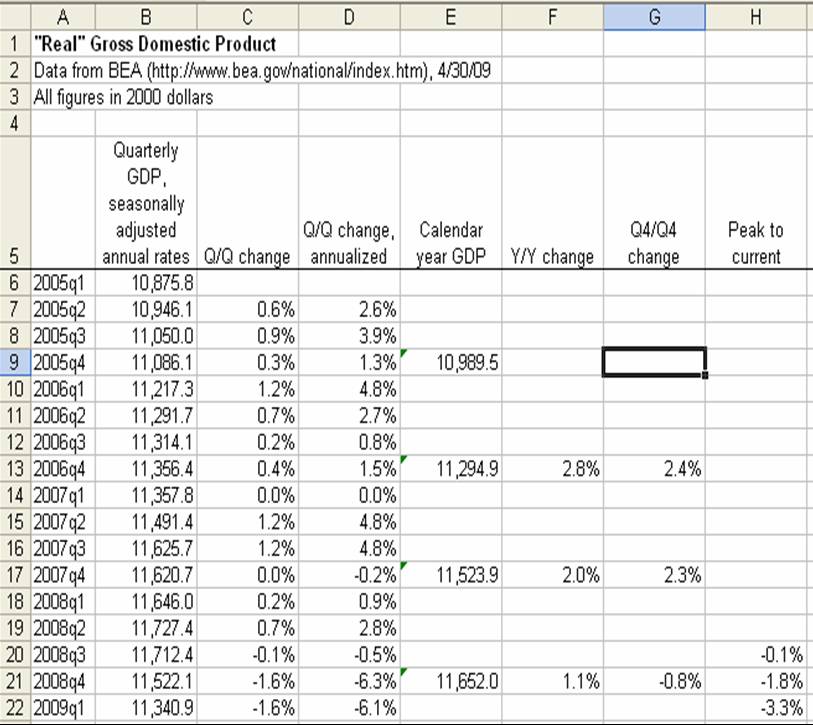By Simon Johnson
The news from Europe, particularly from within the eurozone, seems all bad. Interest rates on Italian government debt continue to rise. Attempts to put together a “rescue package” at the pan-European level repeatedly fall behind events. And the lack of leadership from Germany and France is palpable – where is the vision or the clarity of thought we would have had from Charles de Gaulle or Konrad Adenauer?
In addition, the pessimists argue, because the troubled countries are locked into the euro, there are no good options. Gentle or even dramatic depreciation of the exchange rate for Greece or Portugal or Italy is not in the cards. As a result, it is hard to lower real wages so as to restore competitiveness and boost trade. This means that the debt burdens for these countries are likely to seem insurmountable for a long time. Hence there will likely be default and resulting global financial chaos.
According to the September 2011 edition of the IMF’s Fiscal Monitor, 44.4 percent of Italian general government debt is held by nonresidents, i.e., presumably foreigners (Statistical Table 9). The equivalent number for Greece is 57.4 percent, while for Portugal it is 60.5 percent. And if you want to get really negative and think the problems could spread from Italy to France, keep in mind that 62.5 percent of French government debt is held by nonresidents. If Europe has a serious meltdown of sovereign debt values, there is no way that the problems will be confined just to that continent.
All of this is a serious possibility – and the lack of understanding at top European levels is a serious concern. No one has listened to the warnings of the past three years. Almost all the time since the collapse of Lehman Brothers has been wasted, in the sense that nothing was done to put government finances on a more sustainable footing.
But perhaps the pendulum of sentiment has swung too far, for one simple and perhaps not very comfortable reason. Continue reading “Is Europe On The Verge Of Another Great Depression – Or A Great Inflation?”
